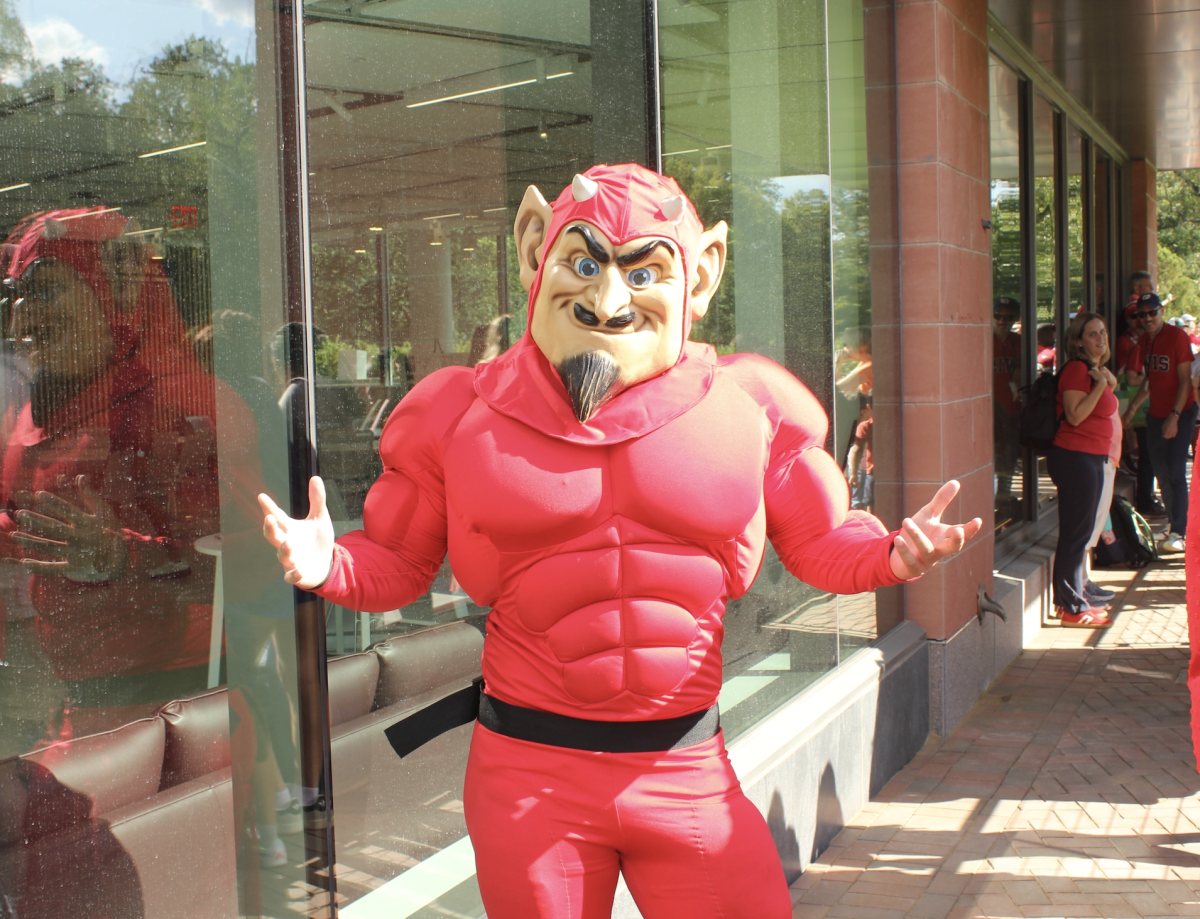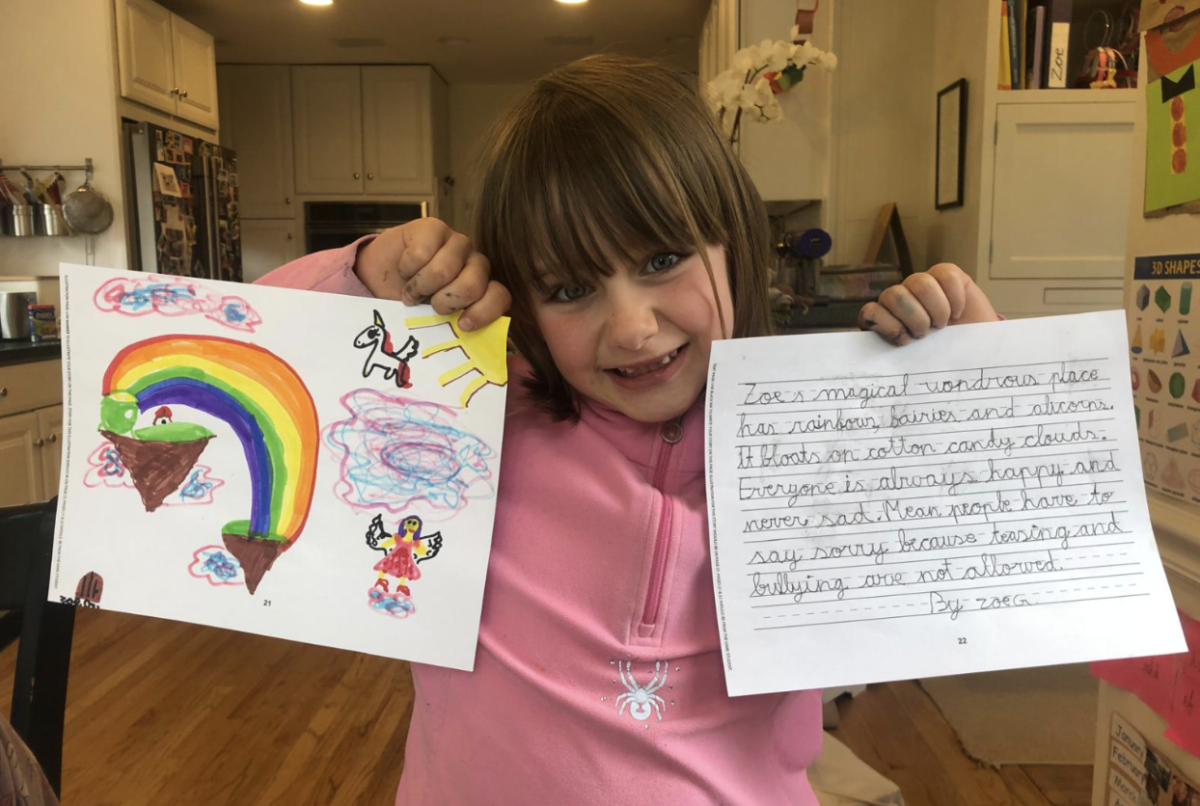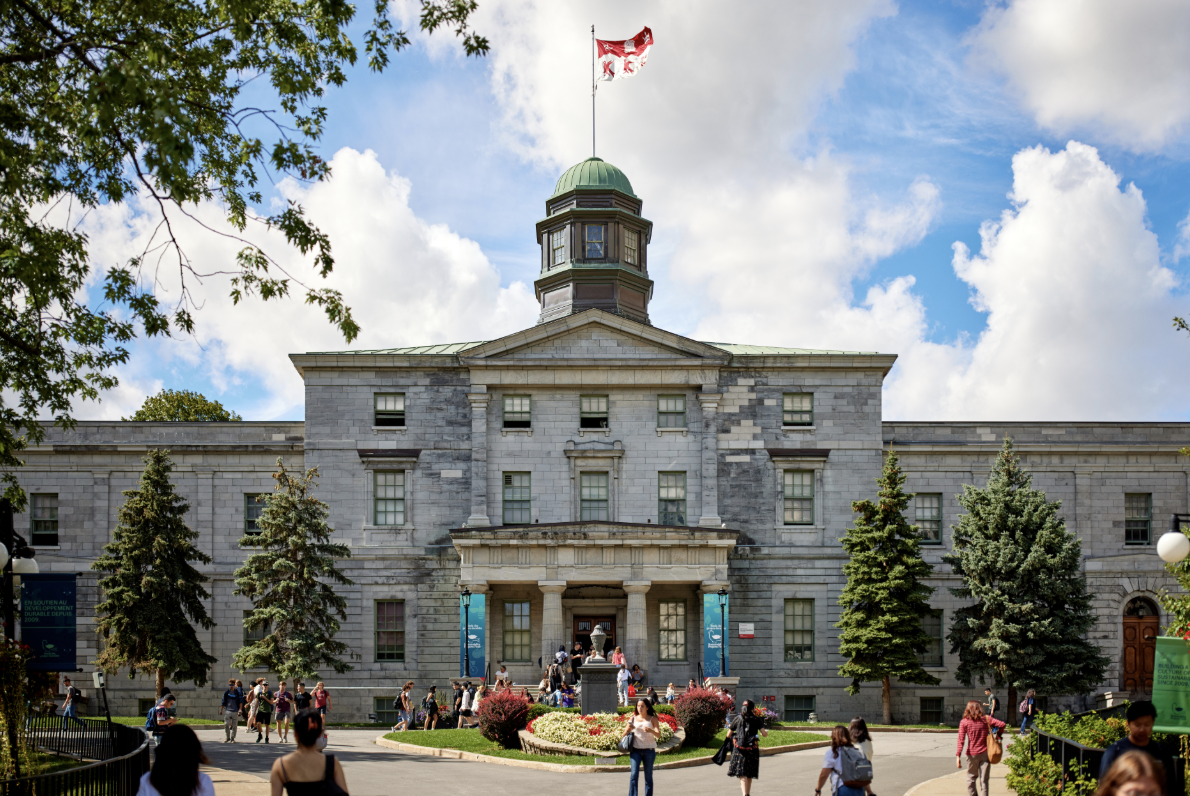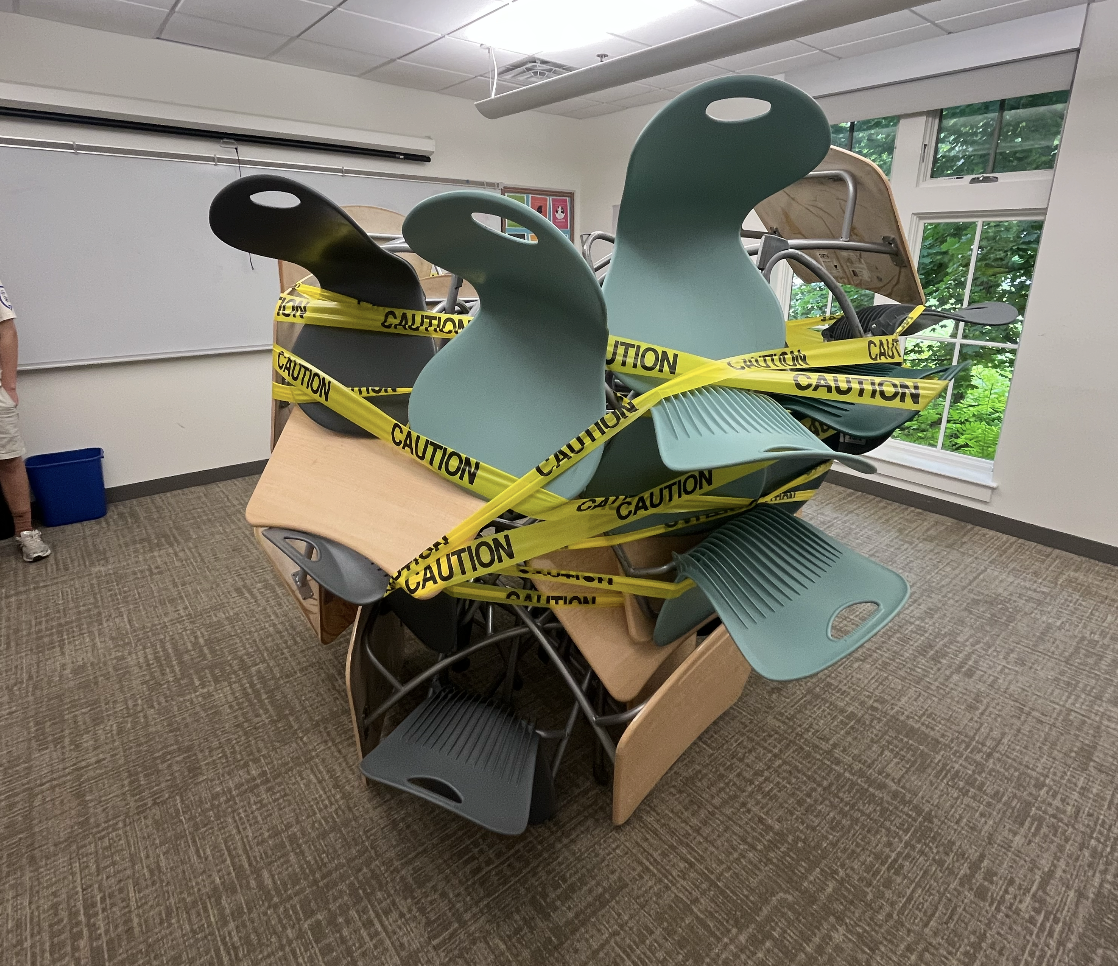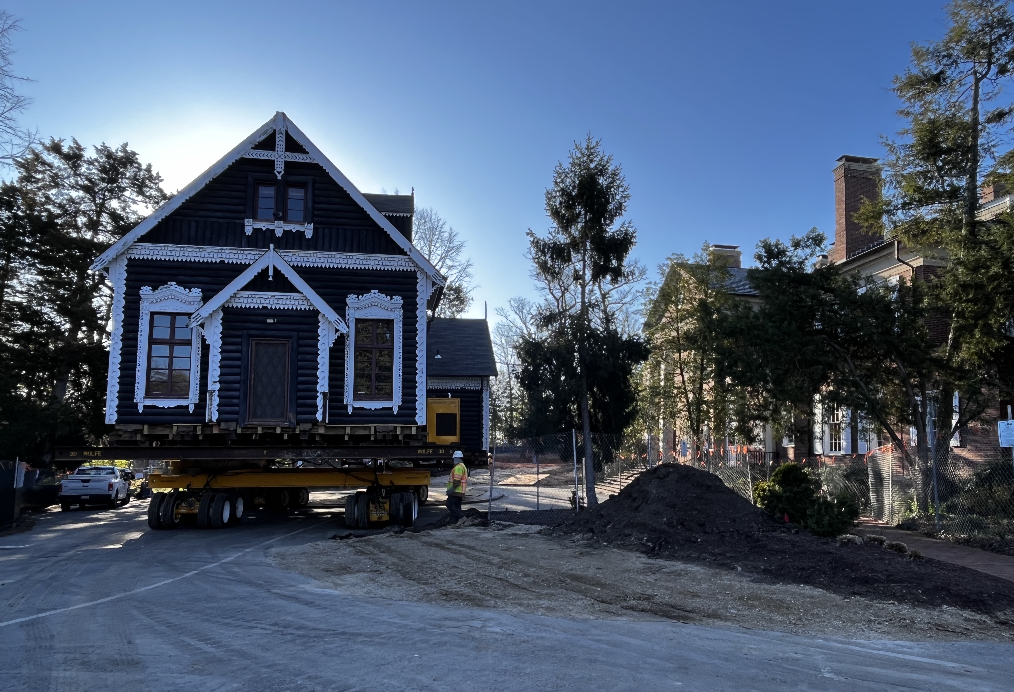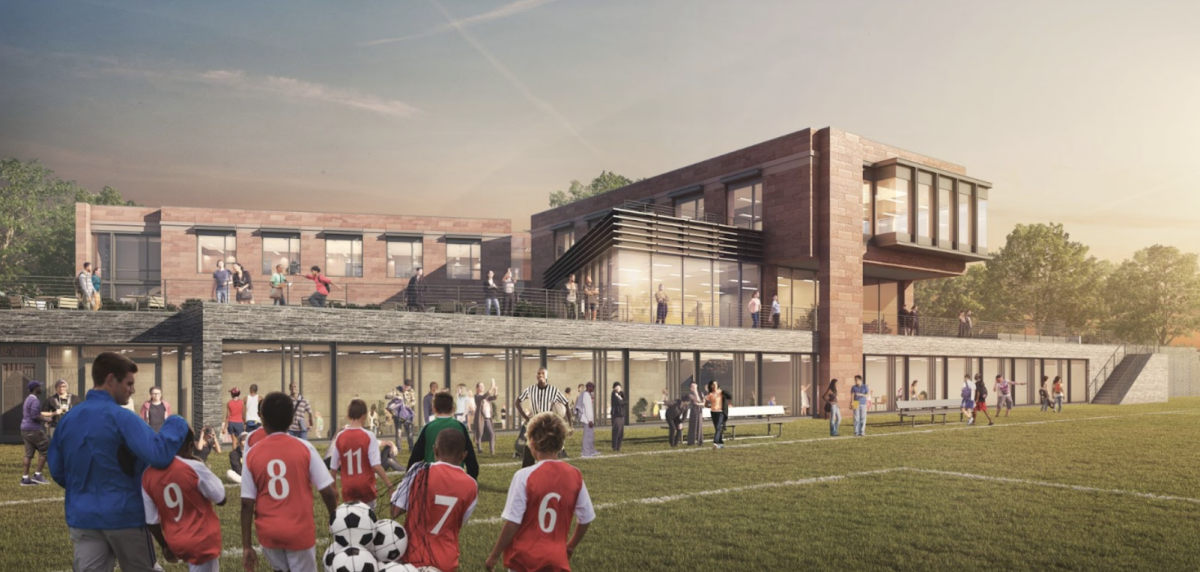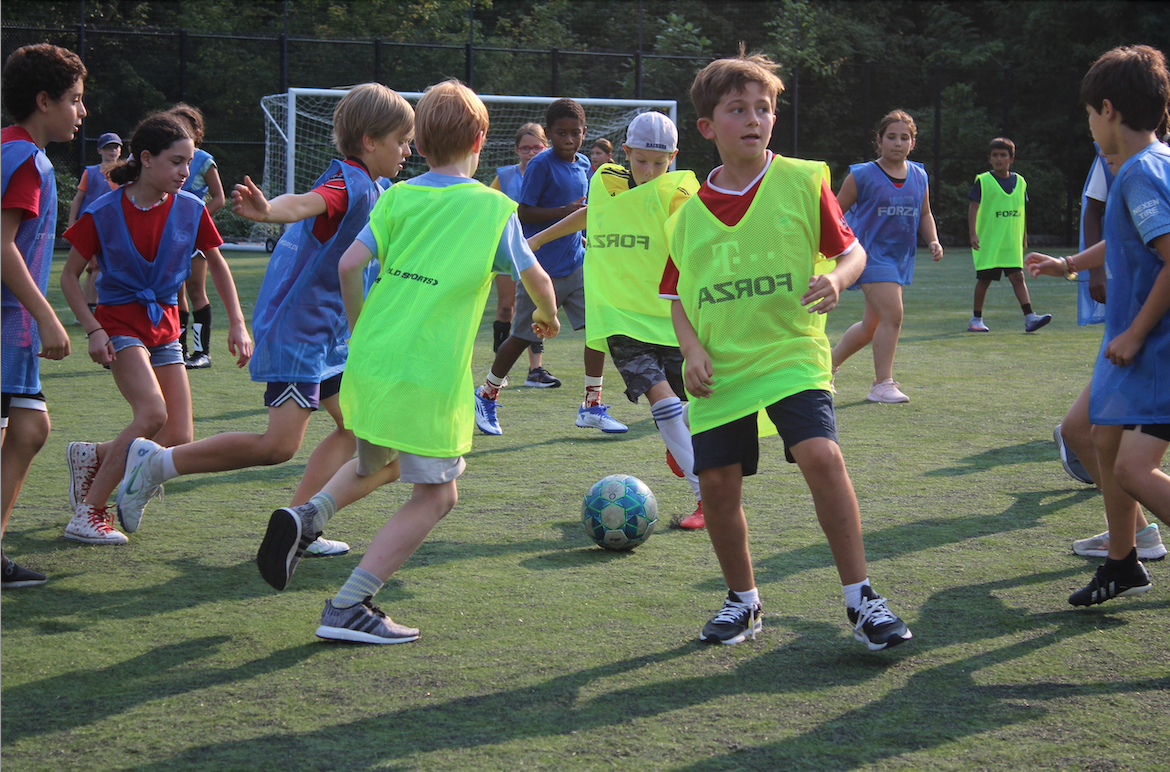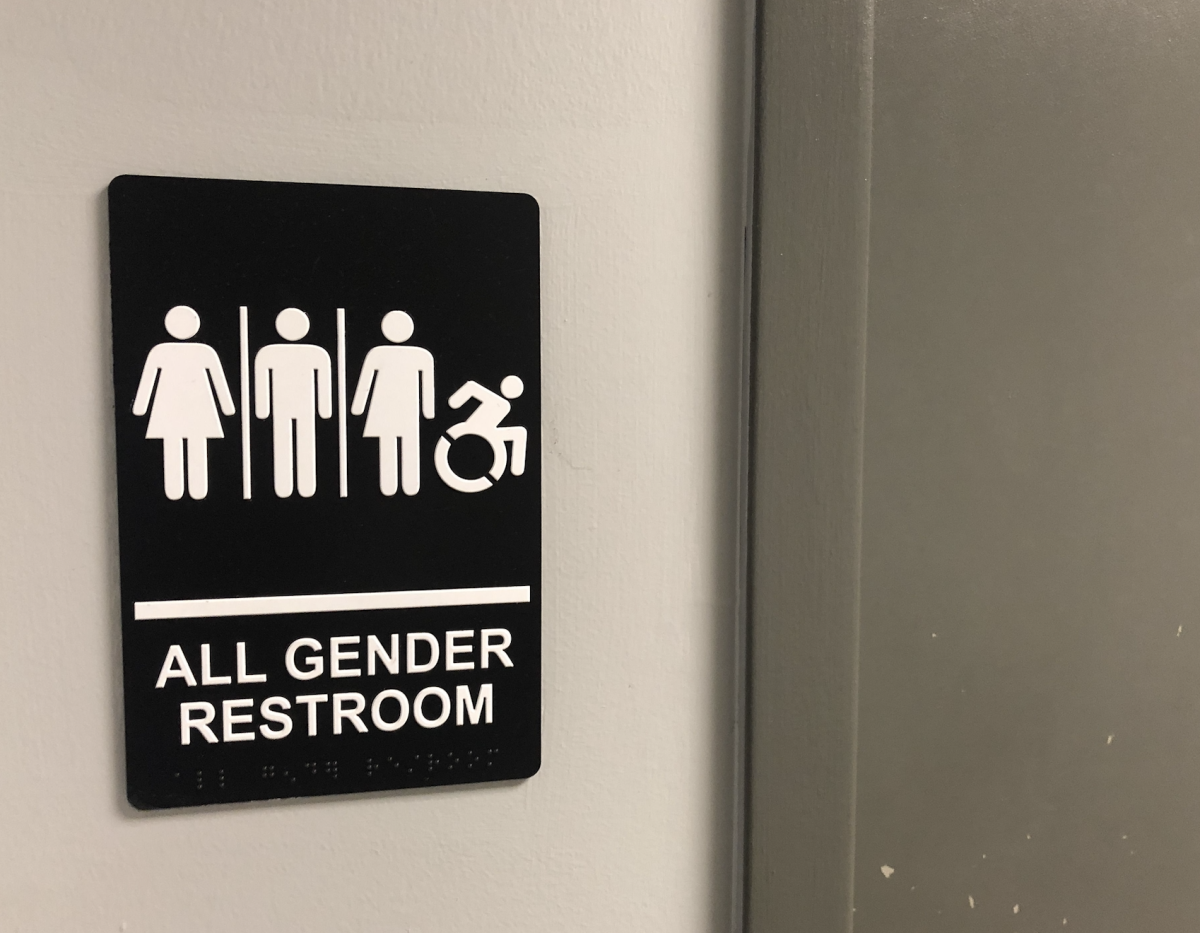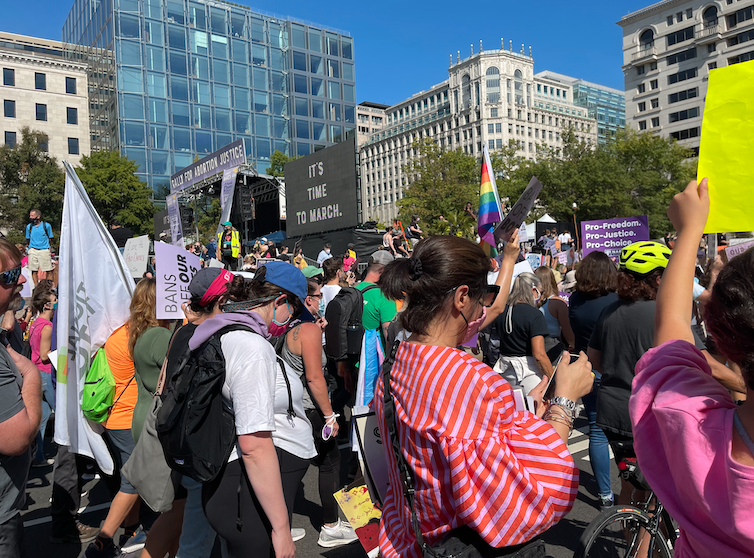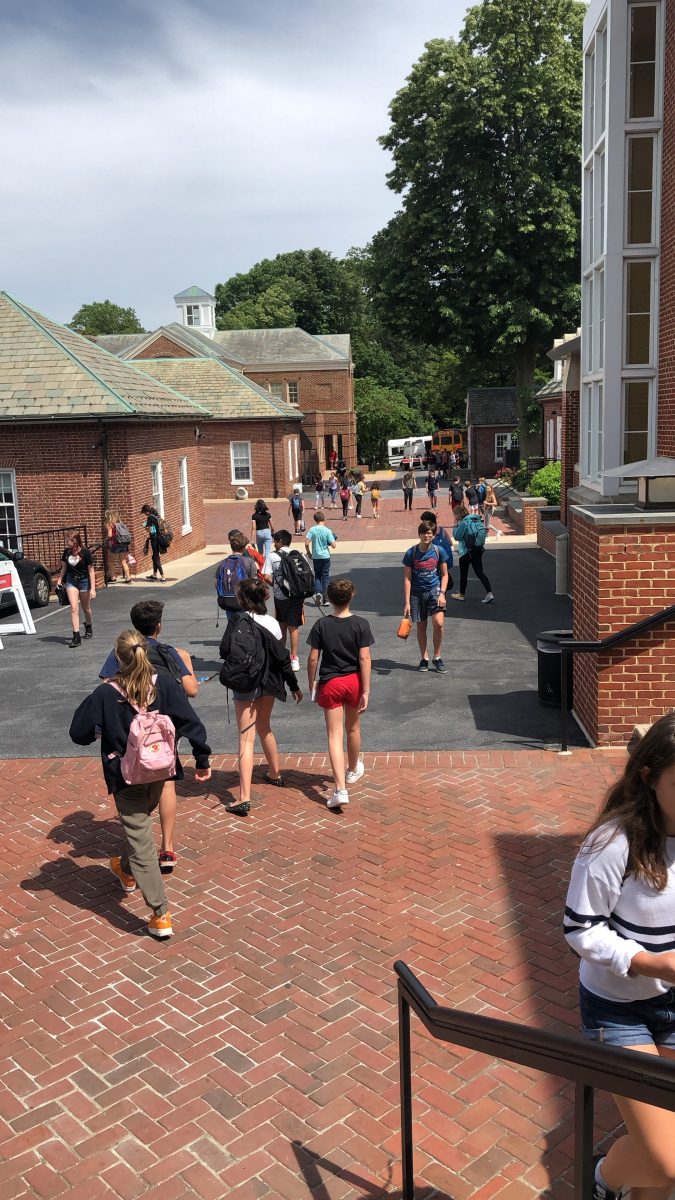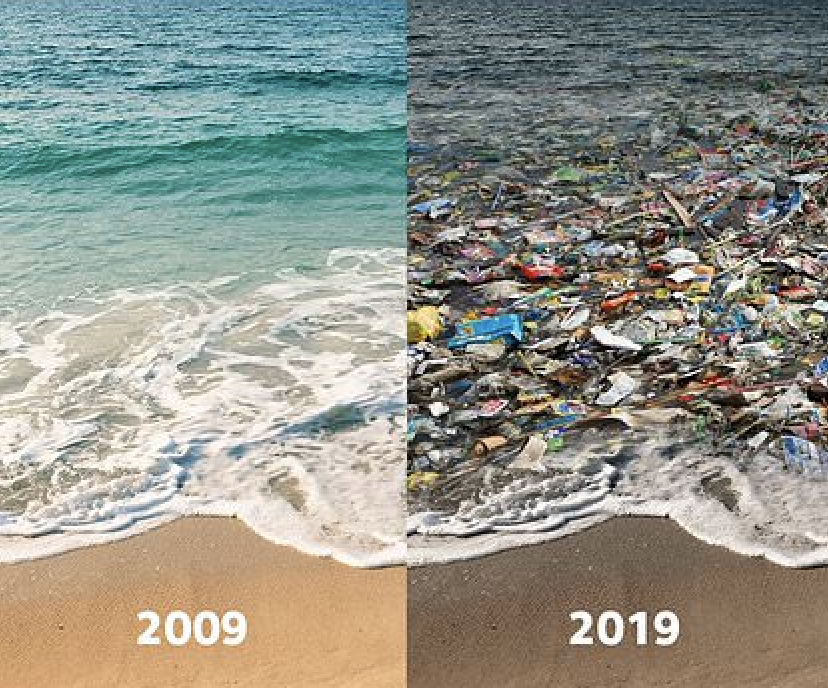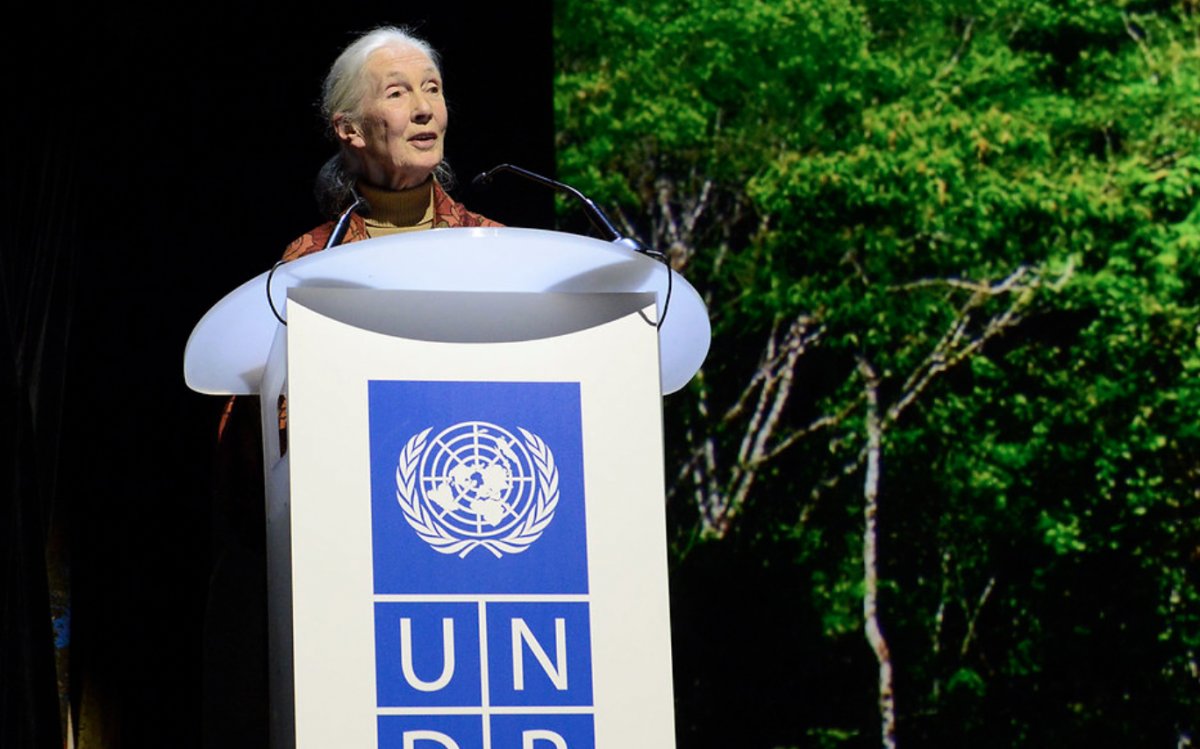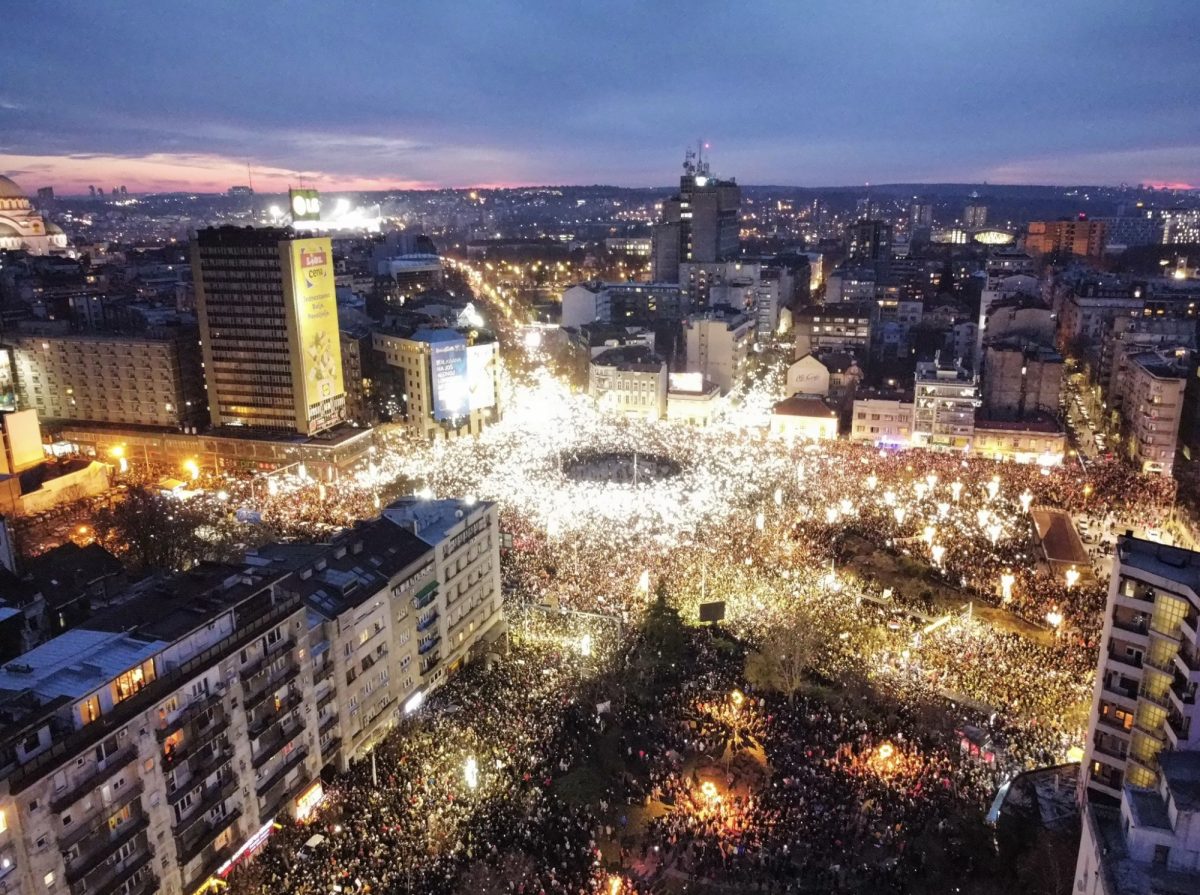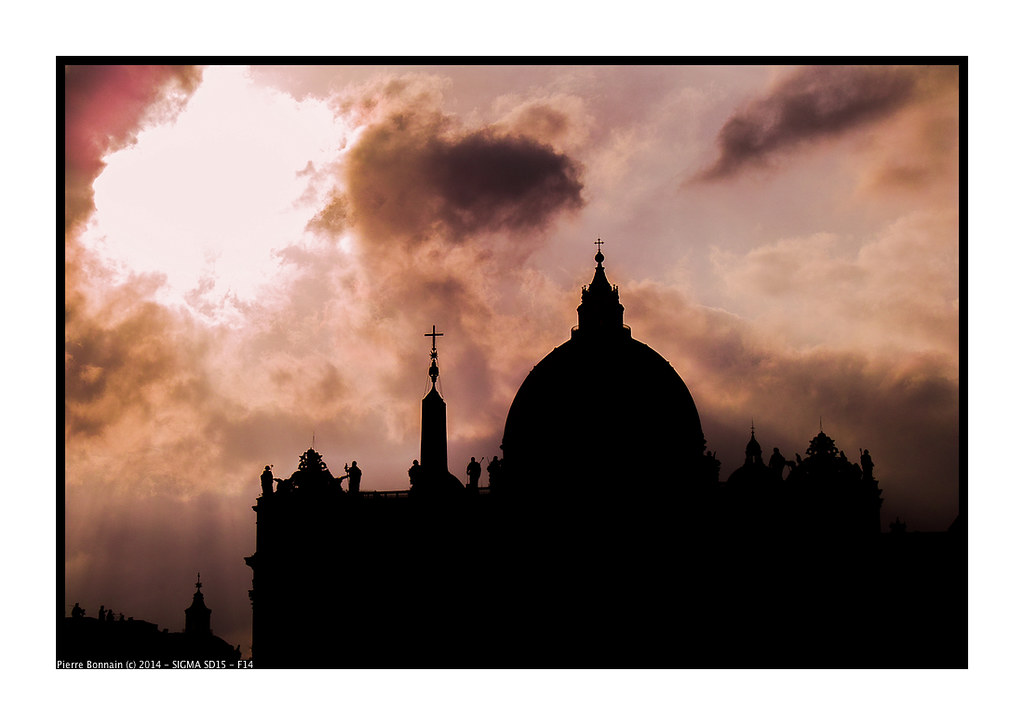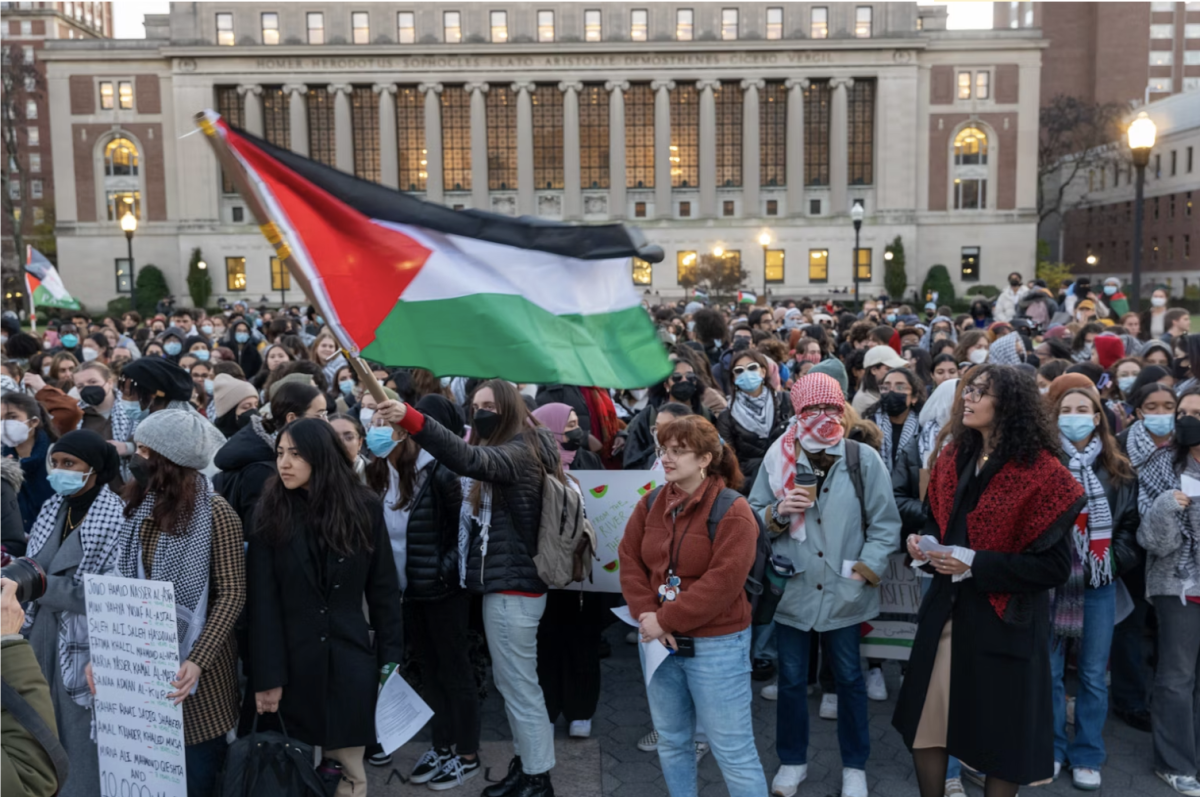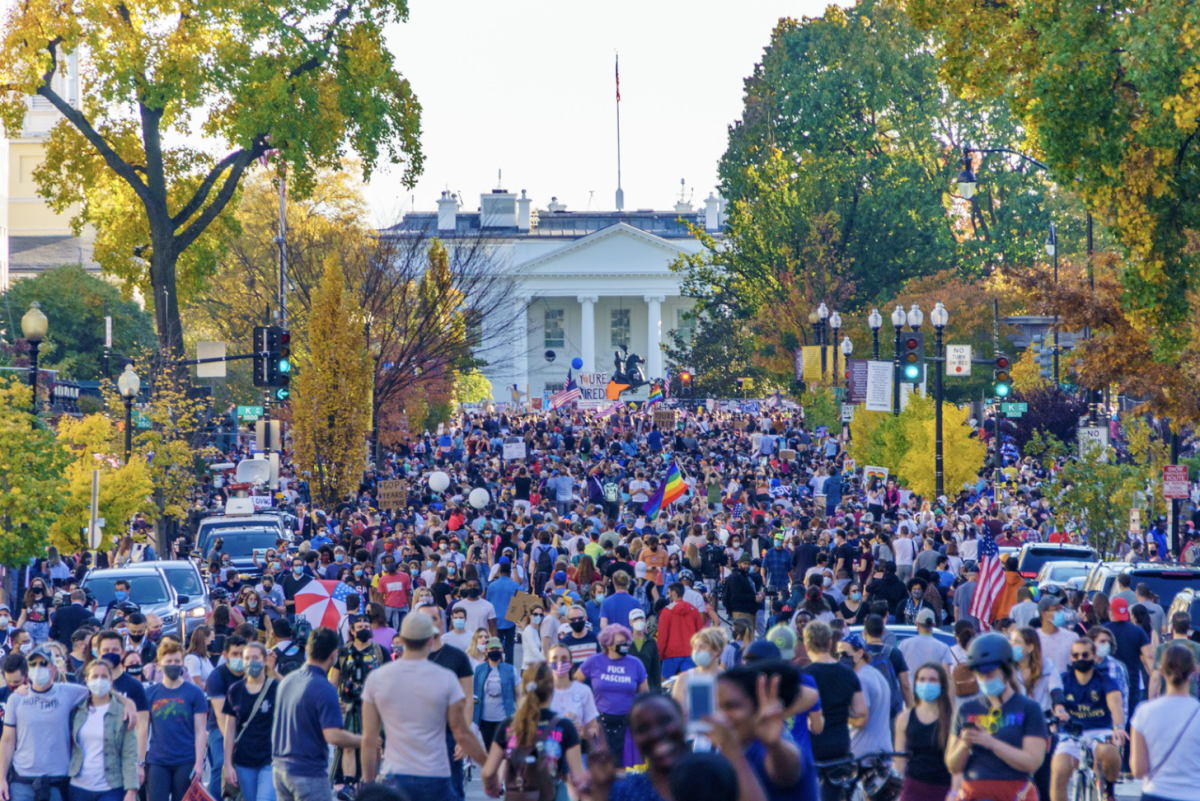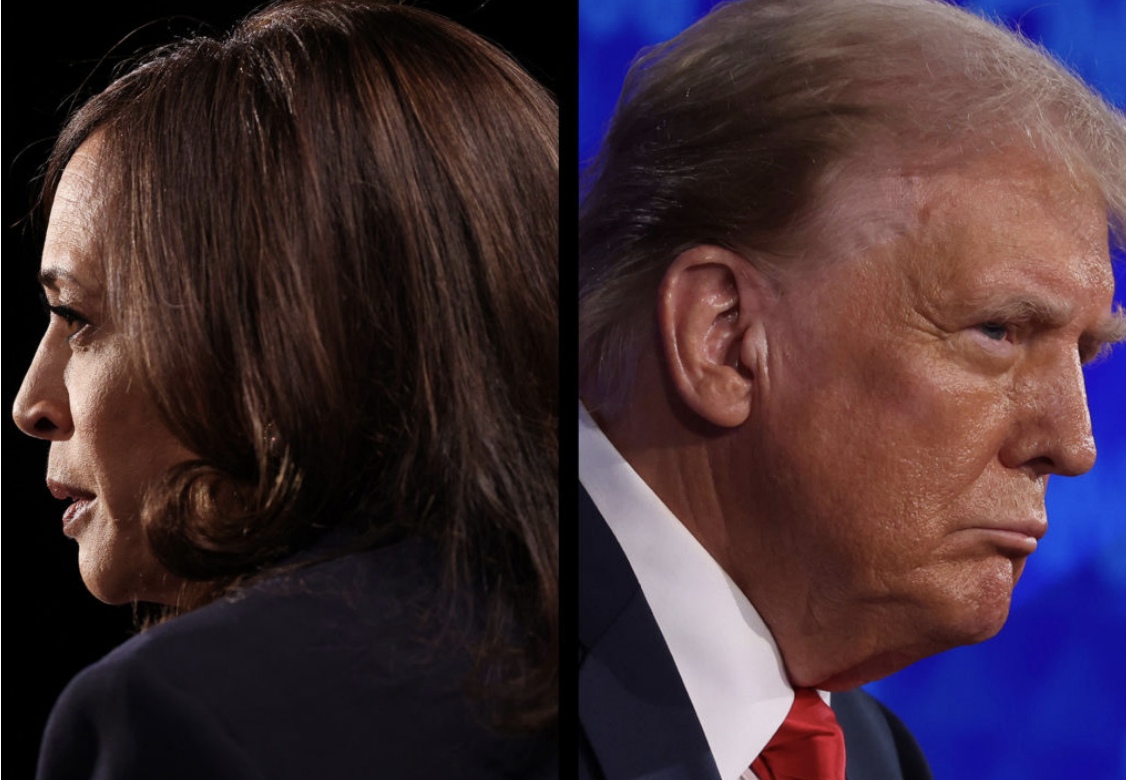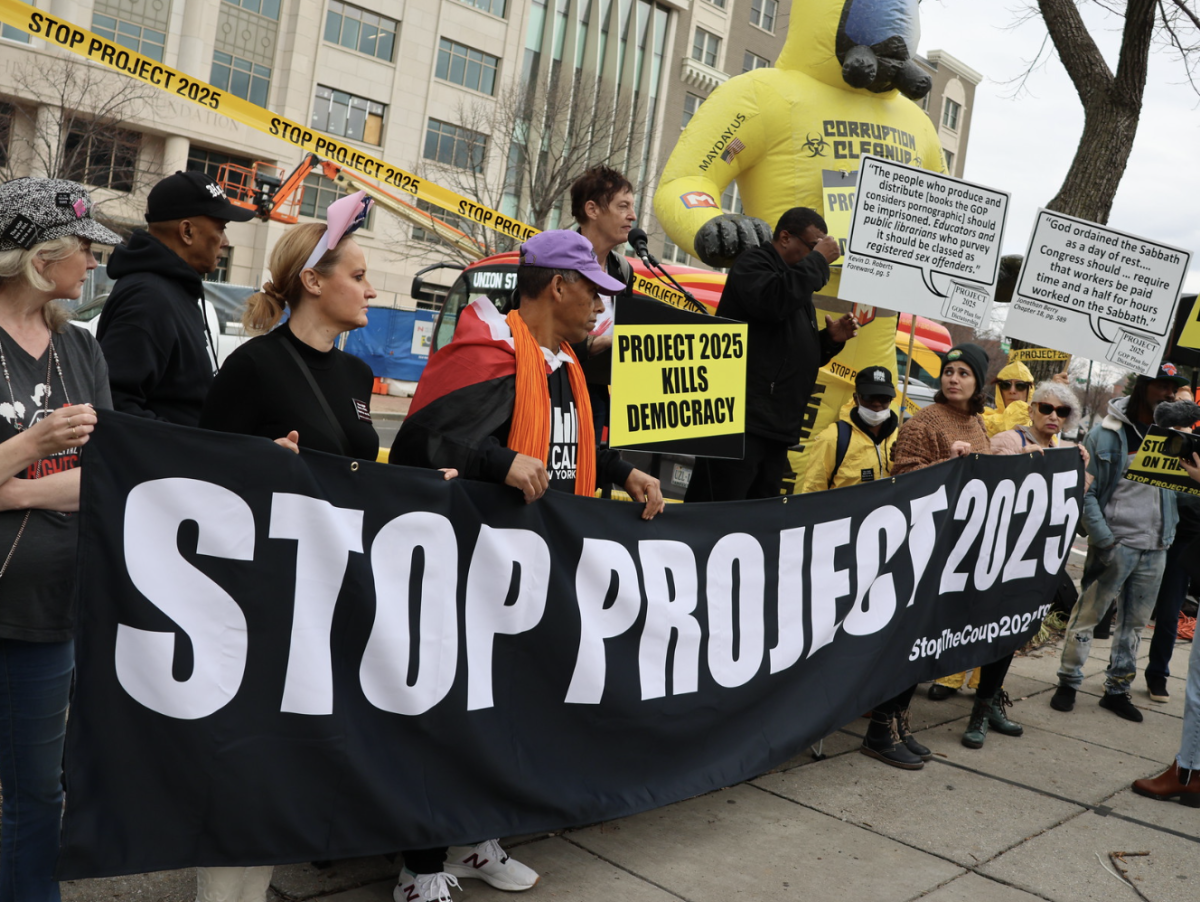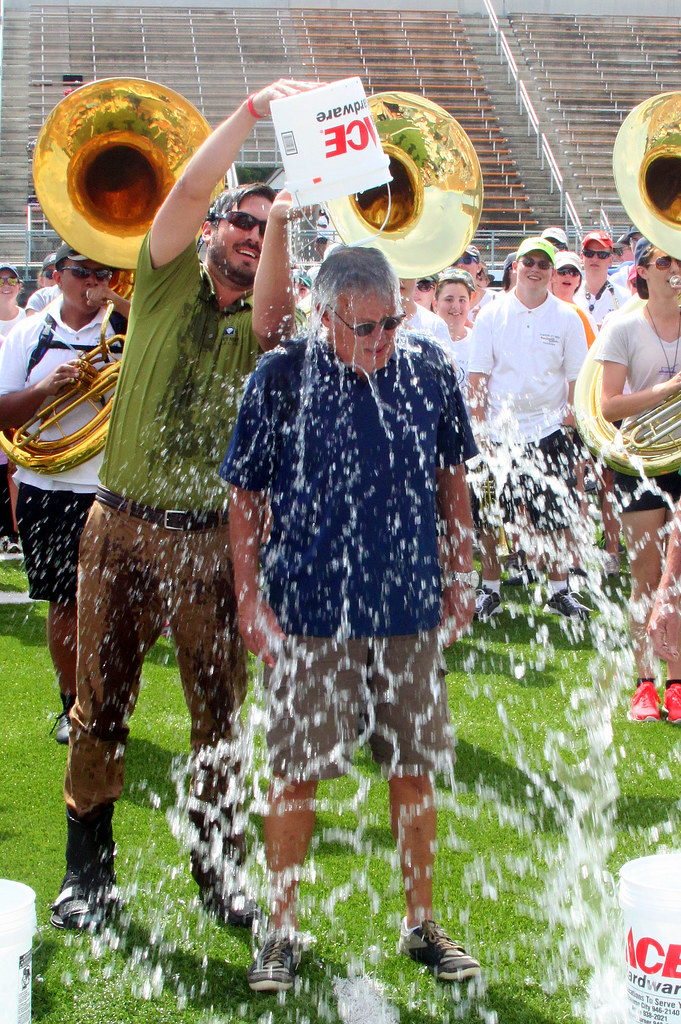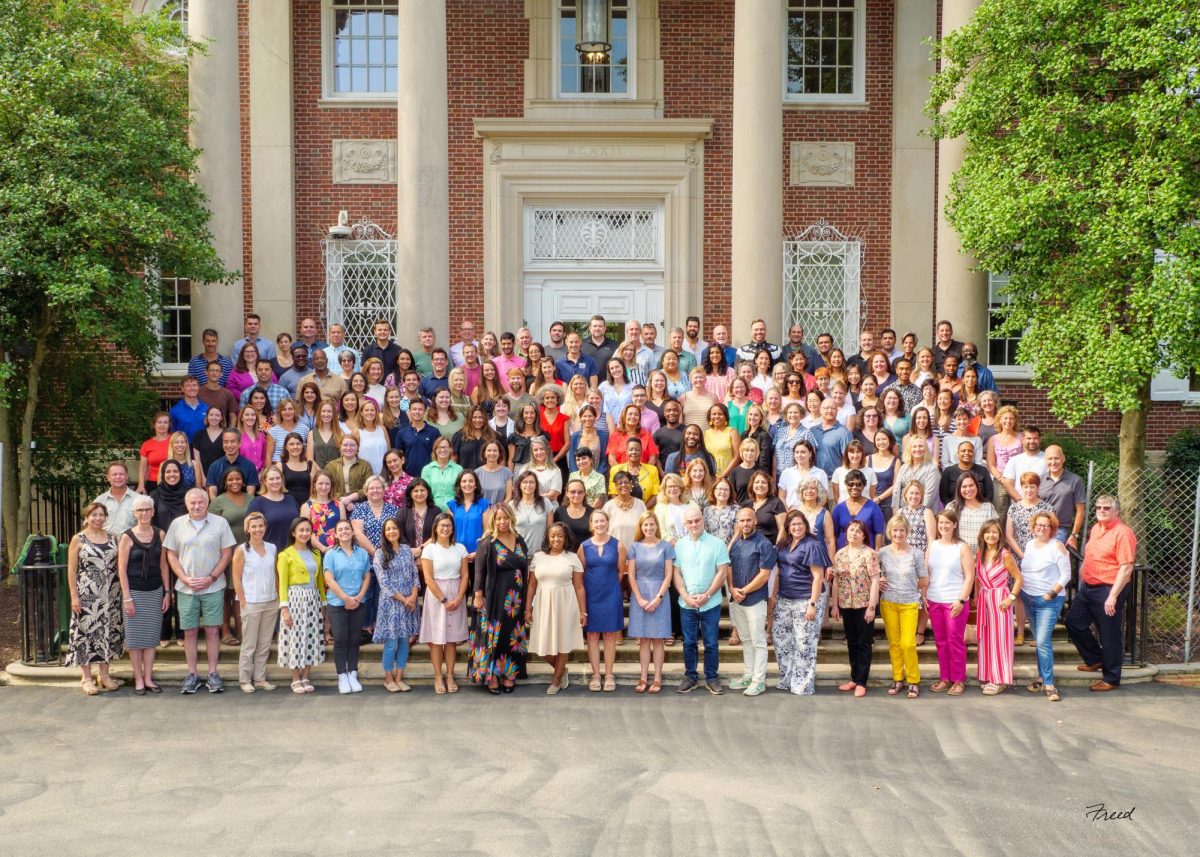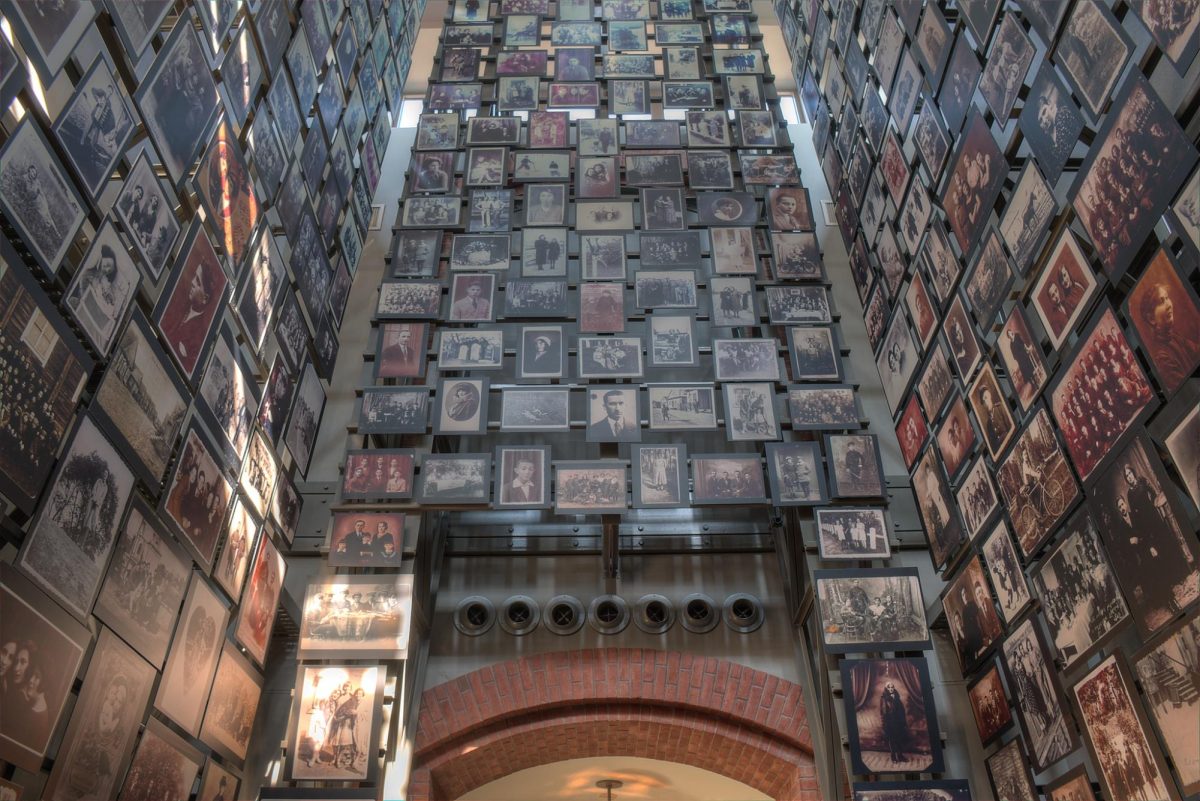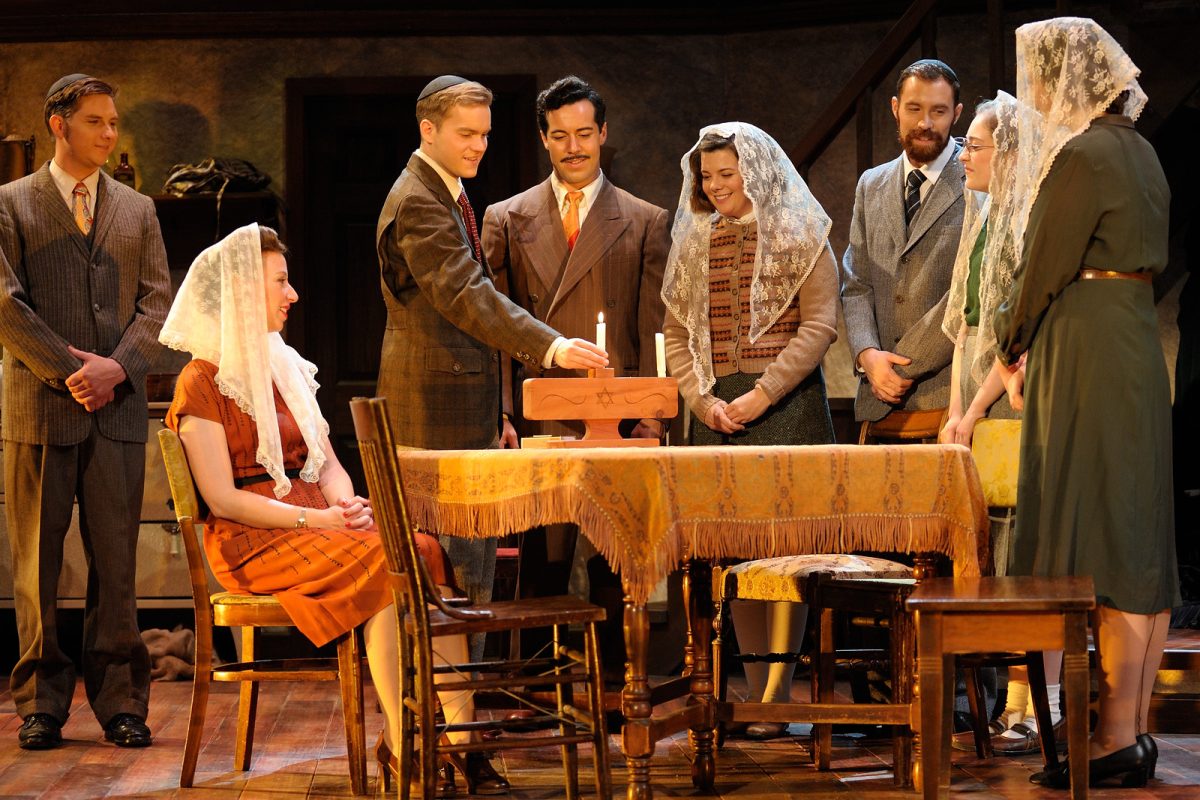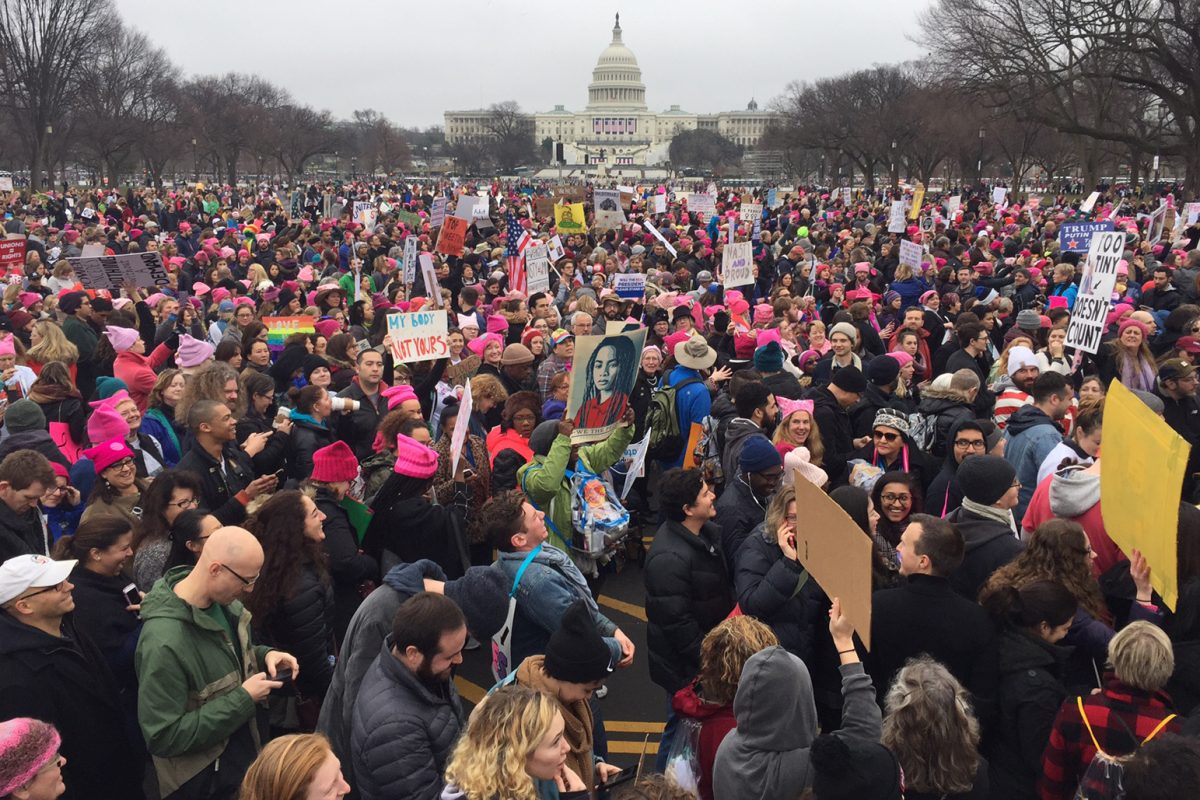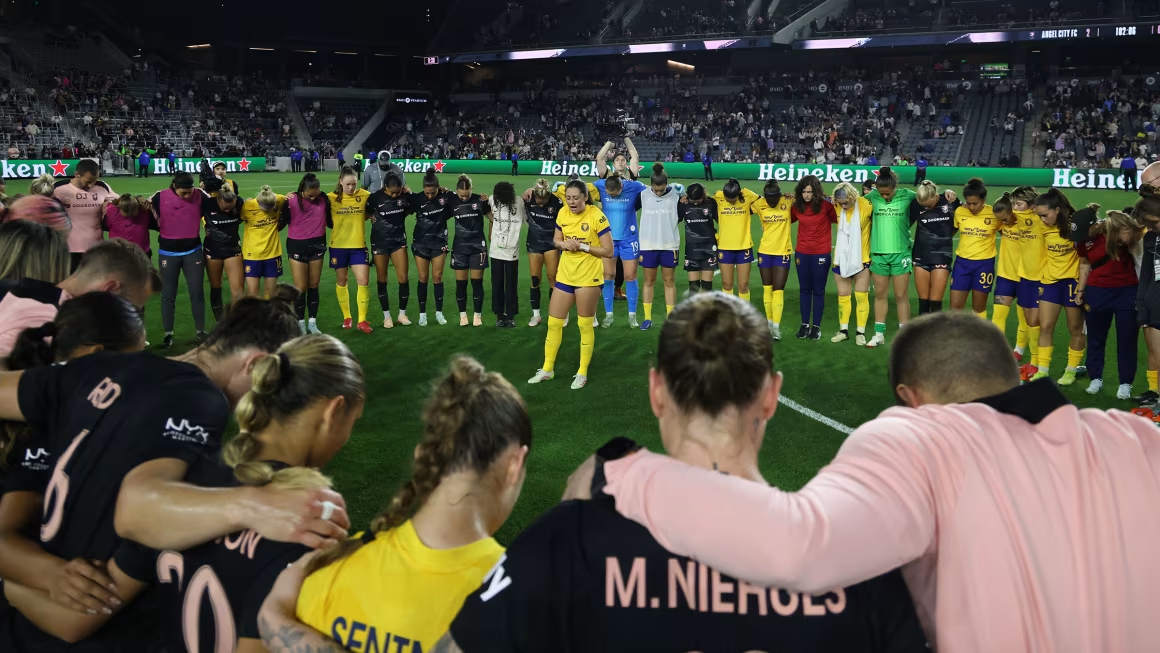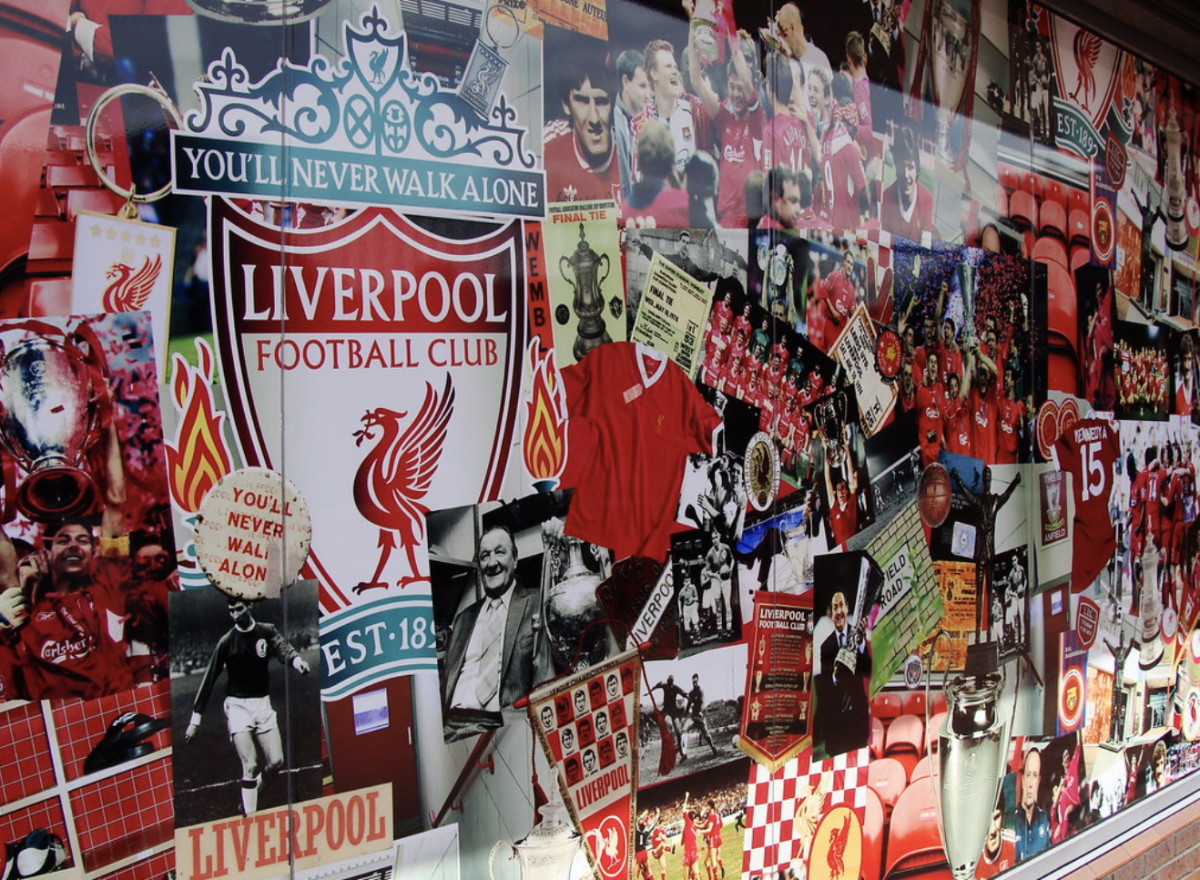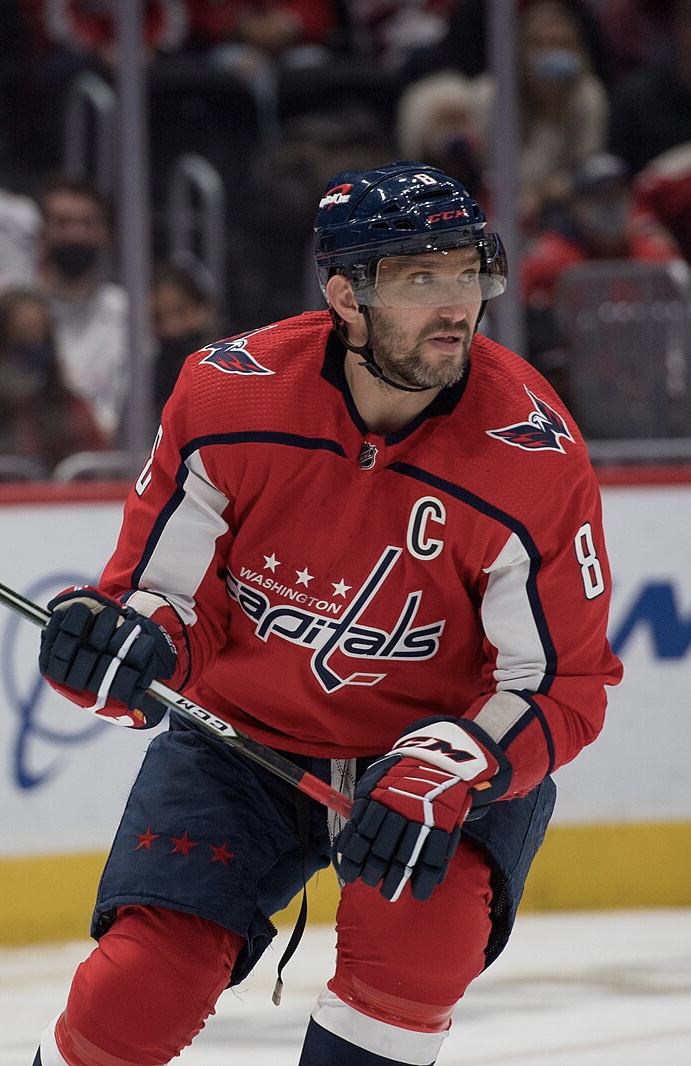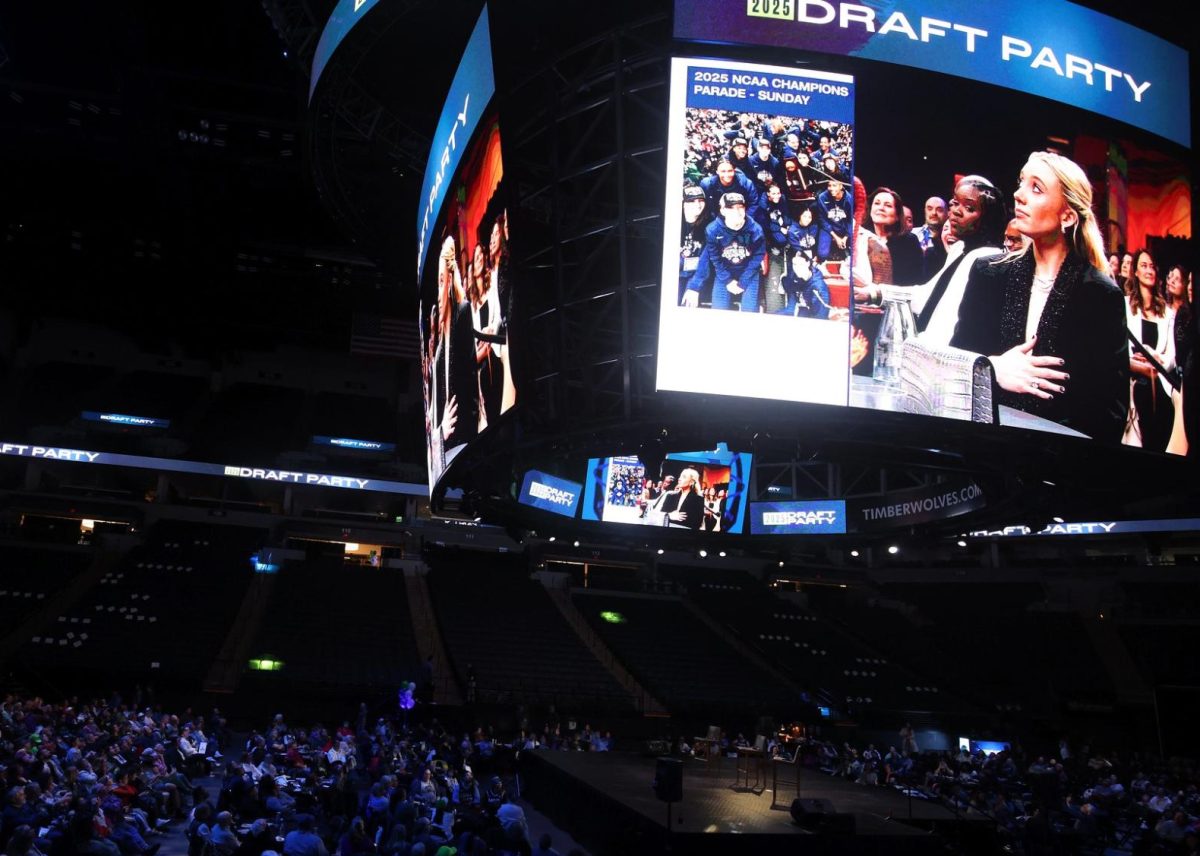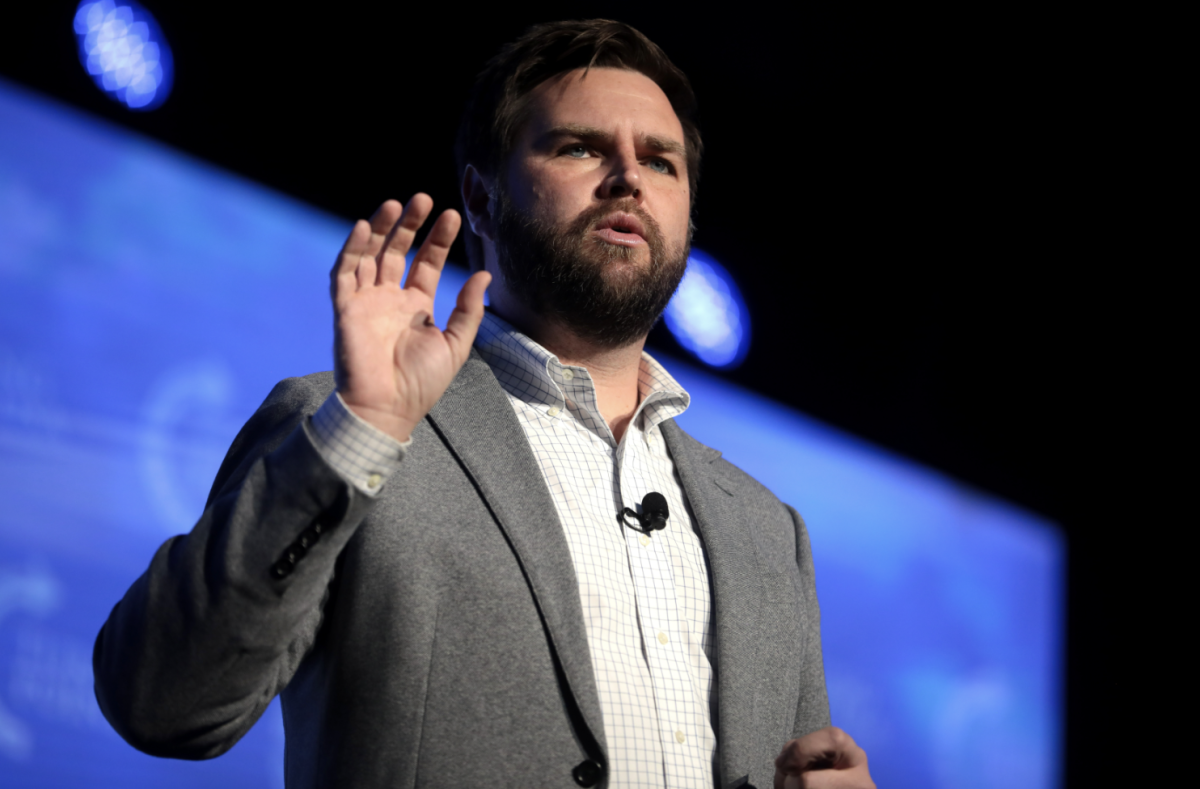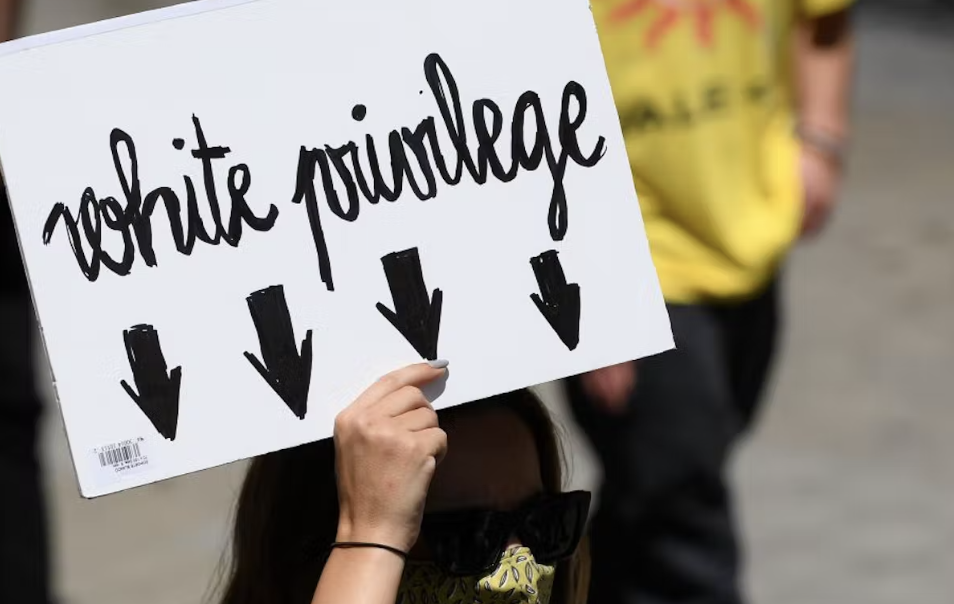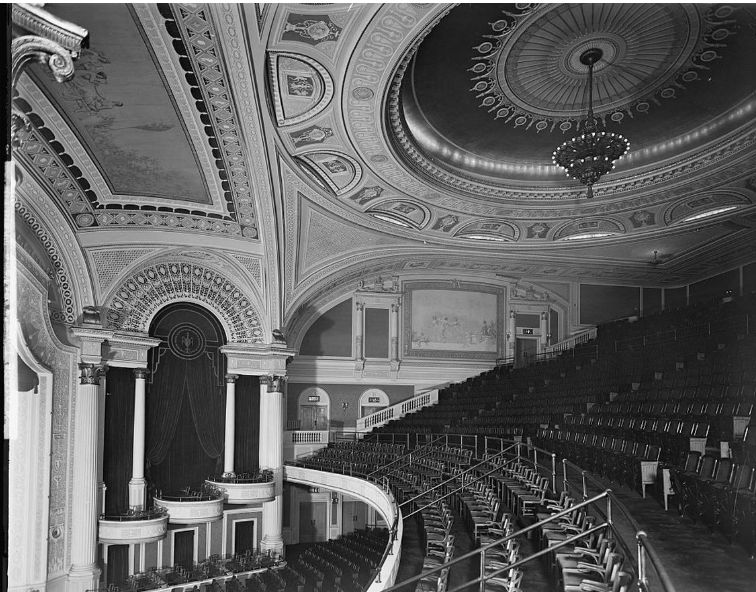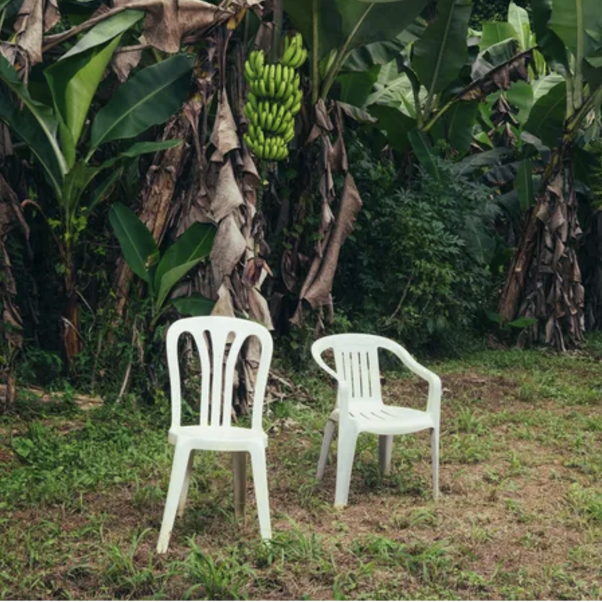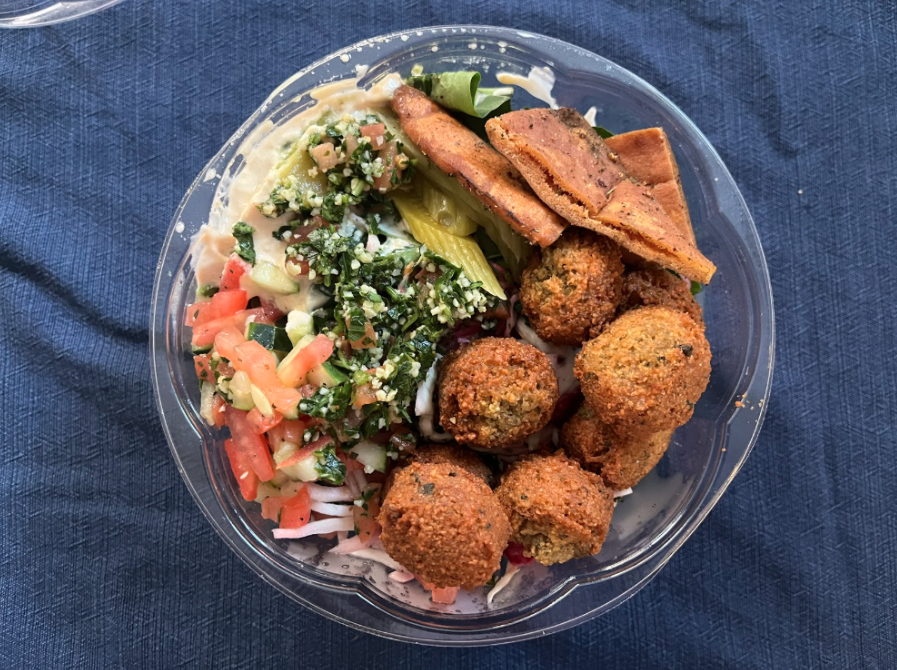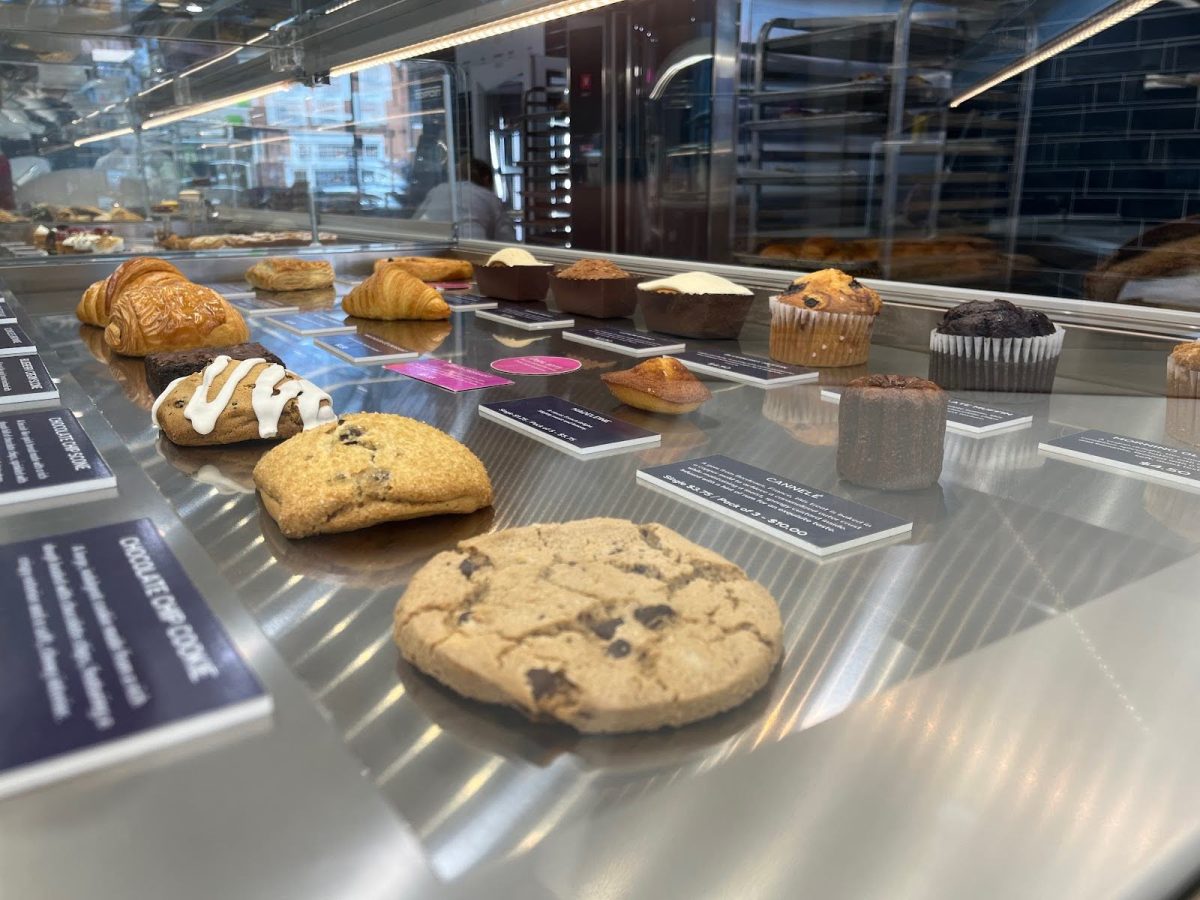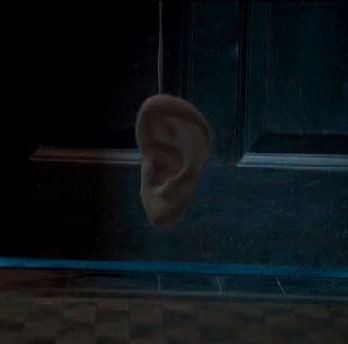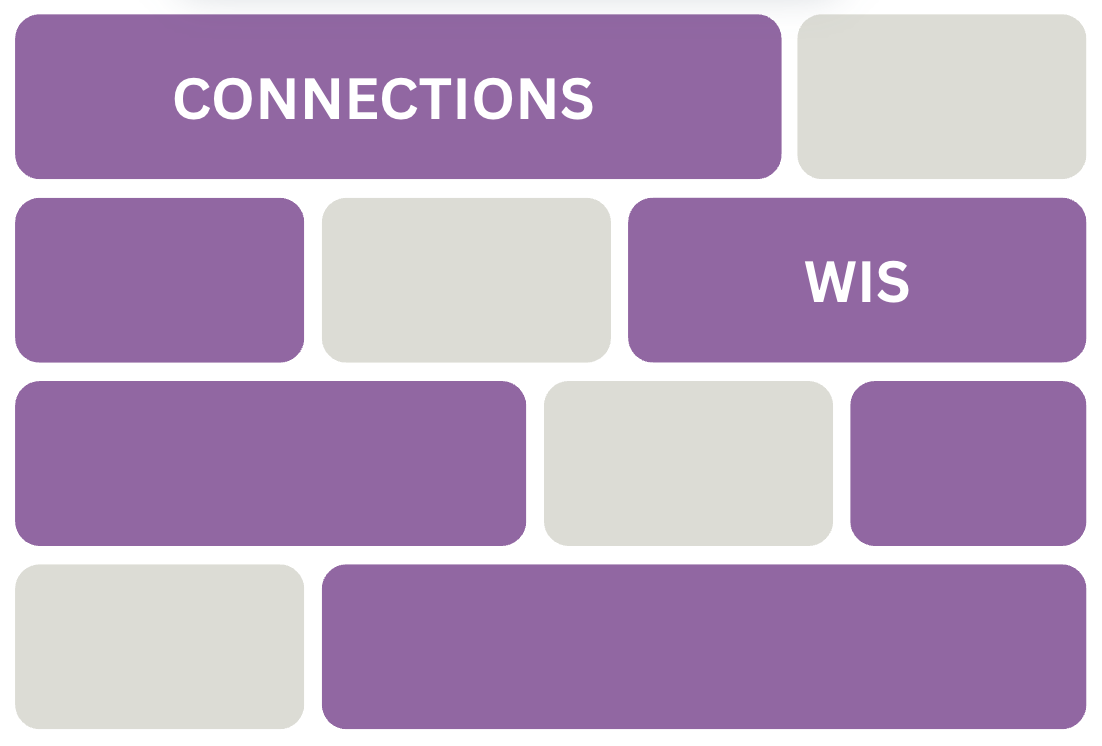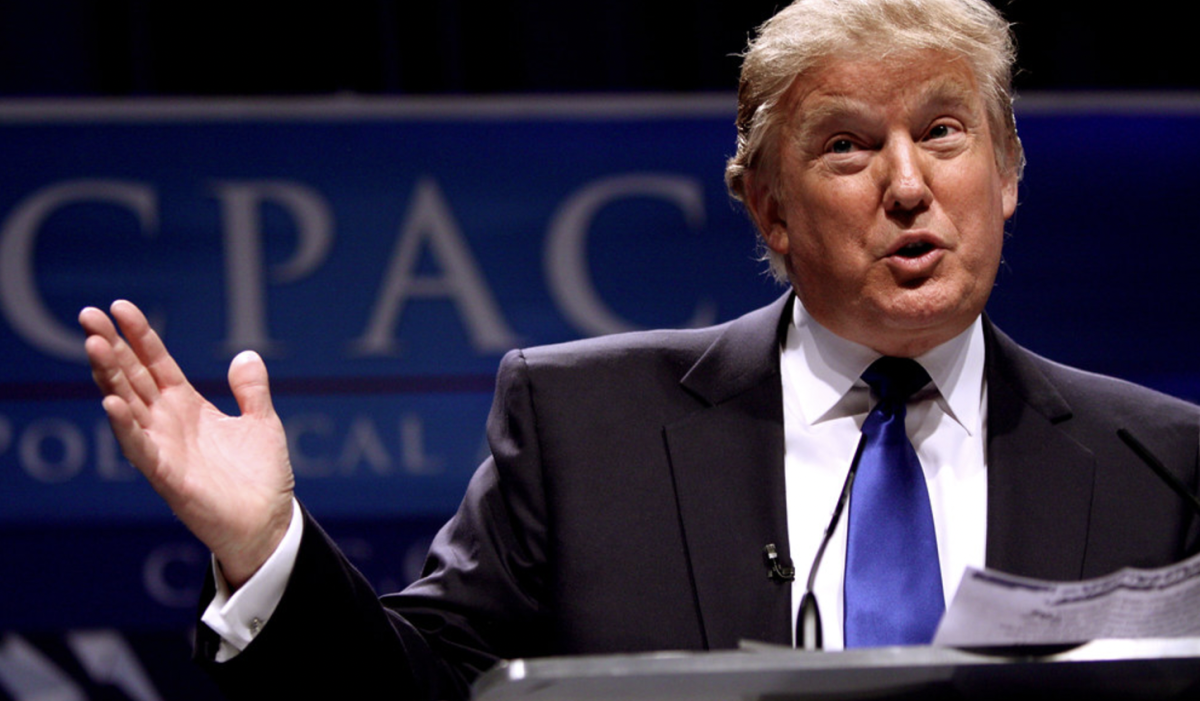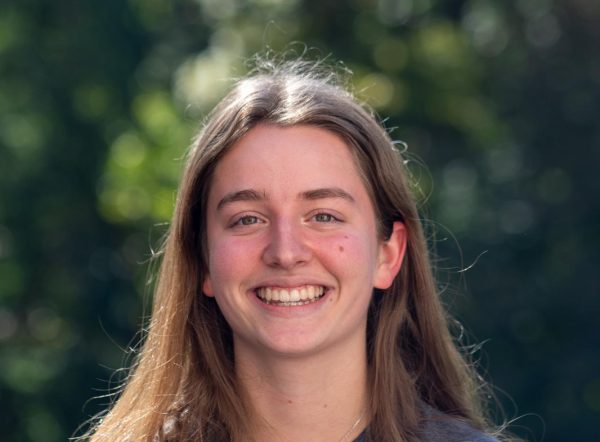On April 21, people around the world mourned the passing of Pope Francis. Following his election on March 13, 2013, Pope Francis became widely beloved for his reforms in the Catholic Church.
Pope Francis’s funeral was held in St. Peter’s Square on April 26, attended by thousands.
While people grieved his death, questions arose about who would become the next Pope. Many probably heard the term “conclave,” but what does that actually mean? How do they really elect a new pope? And who is the new pope?
Simply put, the conclave is the collection of cardinals, the second-most senior clergy after the Pope, to elect the next pope, but the rules and process are slightly more complicated than that. The conclave follows two main documents: a book for prayer and a book for rules.
The book for prayer is the “Ordo Rituum Conclavis”, which translates to the “Rites of the Conclave”. The book was revised and approved by St. John Paul II in 1998, and contains prayers in Latin and Italian translations. The rule book is “Universi Dominici Gregis”, which translates to “Shepherd of the Lord’s Whole Flock”, issued by St. John Paul II in 1996.
According to the rule book, the conclave must occur 15 to 20 days after the pope’s chair becomes vacant. This conclave began May 7 and ended May 8, in the Sistine Chapel in Vatican City.
To elect the new pope, a series of votes takes place. The cardinals are the ones able to vote. While there aren’t many other limits, they must be younger than 80 years old at the time of the vote. The vote ends when a two-thirds majority occurs.
Per the rules, one vote happens in the afternoon of the first day, then two in the morning and afternoon. After the third day, there is a pause in voting to allow for prayer and rest, but this does not occur often, as most conclaves conclude earlier.
The votes are done on paper and burned after each vote. When burned, smoke comes out of the Sistine Chapel to show if a pope was chosen or not. Black smoke means that a pope has not been selected, while white smoke means one has.
The process is done entirely in private to ensure that the best voting and choice can take place without ulterior motives and problems influencing the decision.
The new pope is Pope Leo XIV, born Robert Francis Prevost. Pope Leo is 69 years old and is from Chicago, Illinois, making him the first American pope. His parents are Louis Marius Prevost, who is of French and Italian descent, and Mildred Martínez, who is of Louisiana Creole descent, per Vatican News. He also has two brothers: Luis Martín and John Joseph, whose interview became popular on social media when he spoke about playing “Wordle” every day with Pope Leo.
He studied at the Minor Seminary of the Augustinian Fathers and Villanova University, where he earned a Degree in Mathematics and studied Philosophy.
On Aug. 29, 1981, he made his solemn vows, a public commitment to God. Then, on June 19, 1982, he was ordained as a priest at the Augustinian College of Saint Monica. Pope Leo also spent time in Peru, serving an 11-year mission starting in 1988, and now holds dual citizenship there.
While his time as pope is still new, Pope Leo has made some of his stances on issues clear and has been considered a centrist, per NPR.
In terms of LGBTQ+ rights, Pope Leo has pushed back on the idea of same-sex parents and “homosexual lifestyle”. He does not officially reject or accept the blessings of same-sex marriages, but instead insists that bishops should have the power to interpret if they want to perform the blessing based on context. In comparison, Pope Francis was more accepting of same-sex marriage. According to the United States Conference of Catholic Bishops, he distinguished homosexuality as a sin, but not a crime, also explaining that not showing empathy is equally a sin.
Pope Leo has been determined to help the climate effort, underlining the need for actual actions, per the Vatican News. Similarly, Pope Francis was also insistent on the fight for climate change, even opting to use an electric vehicle.
While Pope Leo does see the benefits of having women involved in the church, he does not accept the ordaining of female deacons. Pope Francis also saw the positives of women being involved in the church, even appointing women in high positions, and in the workforce as a whole, per USA Today.
After spending years in Peru, which has many Venezuelan migrants, Pope Leo has been outspoken on the need to respect migrants. He has particularly underlined the need to help those in need and to be welcoming. According to PBS, Pope Francis also advocated for immigration, being present for many migrants around the world.
People are eager to see where Pope Leo will take the Catholic Church and how he will juggle all the elements present in our society. While the world waits, they watch closely to see what he will do, keeping the memories of Pope Francis fondly in mind.
By Cate Taylor

